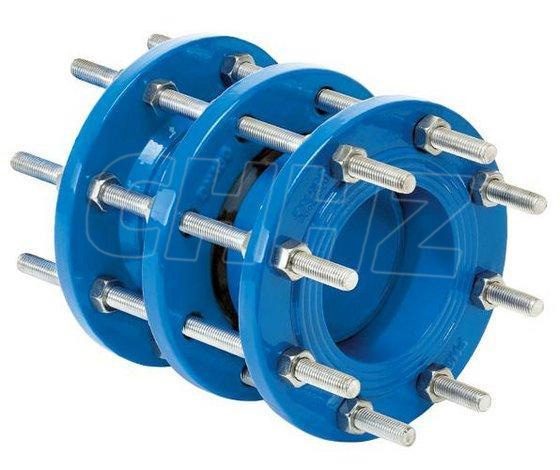Analysis of the impact resistance of double flange force transfer joints
It is well known that force transfer joints bring convenience to our life and work. Because of the flexibility of the force transfer joint, it can tightly absorb the pipe and move in the direction of pressure when it encounters pressure, so that a large part of the pressure is dispersed at an angle, which is one of the reasons why the force transfer joint is resistant to pressure. As summer approaches, the amount of rain increases and the flow of water slowly increases, so we can't help but wonder if the connectivity of the force transfer joint is as strong as before. Let's analyze how much impact the pressure resistance of the force transfer joint can withstand.
Next, let's take a look: first of all, because the double-flanged force transfer joint is made of alloy material, it has high tensile and compressive strength, superior soft sealing performance and easy loading and unloading, so it is widely used in metallurgy, electric power and other industries. When encountering pressure, it will be deformed according to the pressure, but will not break, which shows that the force transfer joint has a strong resistance to pressure and has outstanding flexibility.
Double flange force transfer joints have certain multi-directional displacement in the operation of the pipeline, which can relieve the blind thrust in the operation of the pipeline and play a certain protective role for the pipeline, especially for the installation and maintenance of the pipeline. This can avoid damage to the equipment when the thrust is concentrated on the near end of the pipe or pump.
It is because of the many good characteristics of force transfer joints that the application of force transfer joints is very wide. No matter from what point of view, the connection between pipeline and valve is still to choose the force transfer joint.
